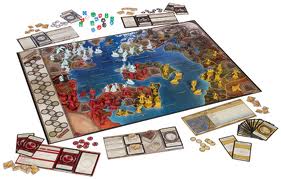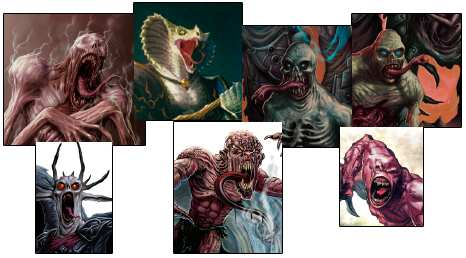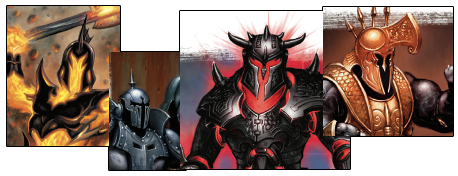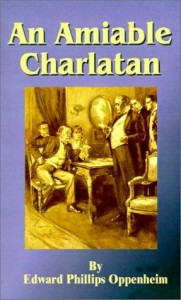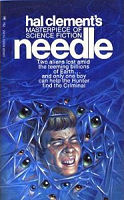From drawing all the Monster Manual creatures, I learned that some areas are not well suited for some PCs. For instance, you’re hard pressed to find any civilized opponents above level 10, or feywild creatures below level 6. I think that’s a feature, not a bug.
RPG video games where the encounters auto-level annoy me. I prefer video games with leveled zones, so I can move on to the next challenge when I feel I’m ready. In D&D it’s no different. If I was forced to pick, I’d rather have the world map marked out with levels, like an old-school dungeon map, than always be surrounded by monsters of exactly my level.
While both assumptions strain credibility, I posit that there is a speck of verisimilitude to be found in the “leveled world” hypothesis. Some wildernesses of the world ARE more dangerous than others. The Australian outback, where every animal seems to have the world’s deadliest poison, is more dangerous than Yellowstone. I hate to stone cold disrespect the grizzly bears like that, but there it is. Box jellyfish alone are way more dangerous than bears, never mind Australia’s 20-foot poisonous laser crocodiles.
a leveled world
If I create a level 11 area, does that mean that it’s brimming with level 11 villagers and farmers? No. I propose that the level of an area be the level of its most common PREDATORS. In D&D, villagers are at the bottom of the food chain – they’re PREY. Someone nearby – the king’s guard if they’re lucky, vampires or orc hordes if they’re unlucky – is more powerful than they.
(more…)

